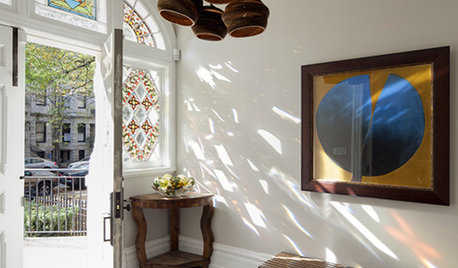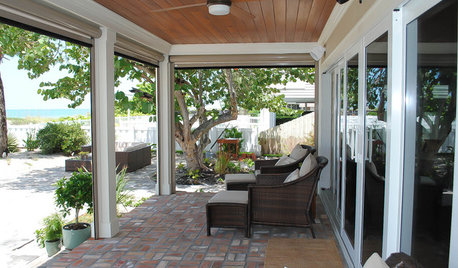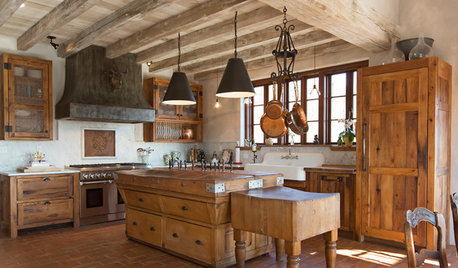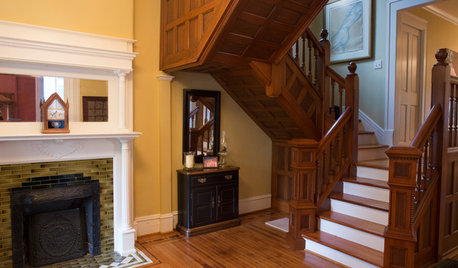Reglazing old wood storm windows?
emoree
9 years ago
Related Stories

LIFEShare Your Winter Storm Jonas Photos and Survival Tips!
Let’s see your pictures and hear your ideas on how you’re keeping your house warm and staving off cabin fever
Full Story
LIFEPolar Vortex: How Houzzers Are Coping With the Storm
Spirits are staying high even as the mercury plunges to new lows. Do any of these firsthand accounts sound familiar?
Full Story
CONTEMPORARY HOMESHouzz Tour: Strong Enough for Storms, Comfy Enough for a Family
Hurricanes won’t faze this contemporary waterfront home in North Carolina — and mixed reactions don’t faze its owner
Full Story
HOUZZ TOURSHouzz Tour: Laboratory House Bridges Old, New
Step inside a 10-year home design experiment in steel, wood and wonder
Full Story
REMODELING GUIDESThe Hidden Problems in Old Houses
Before snatching up an old home, get to know what you’re in for by understanding the potential horrors that lurk below the surface
Full Story
REMODELING GUIDESUpdate Historic Windows for Charm and Efficiency
Renovate old windows to keep the character but lose the energy outflow from your home
Full Story
TRADITIONAL HOMESAn Old Florida Bungalow Gets Brand-New Polish
Childhood memories and neighborhood nostalgia live on, as a bungalow on the Gulf Coast gets a gentle update for a new generation
Full Story
RUSTIC STYLEKitchen of the Week: Found Objects and Old Italian Farmhouse Charm
A homeowner and her cabinetmaker create a personal version of European-inspired comfort and simplicity
Full Story
FURNITUREOld Furniture: Clean, Reupholster or Replace It?
A veteran upholstery cleaner weighs in on the options for found, inherited and thrift store furniture
Full Story
MY HOUZZMy Houzz: Attention to Detail Revives a Century-Old Louisville Home
After 13 years of wishful thinking, a couple complete a 5-year renovation in their historic Highlands neighborhood
Full StoryMore Discussions











snoonyb
emoreeOriginal Author
Related Professionals
King of Prussia Kitchen & Bathroom Designers · Ramsey Kitchen & Bathroom Designers · Schenectady Kitchen & Bathroom Designers · Chandler Kitchen & Bathroom Remodelers · Gardner Kitchen & Bathroom Remodelers · Lakeside Kitchen & Bathroom Remodelers · Park Ridge Kitchen & Bathroom Remodelers · Rochester Kitchen & Bathroom Remodelers · South Barrington Kitchen & Bathroom Remodelers · Spanish Springs Kitchen & Bathroom Remodelers · Martinsville Architects & Building Designers · North Chicago Architects & Building Designers · Palmer Architects & Building Designers · South Barrington Architects & Building Designers · Bell Gardens Architects & Building Designerssnoonyb
Christopher Nelson Wallcovering and Painting
sombreuil_mongrel
emoreeOriginal Author